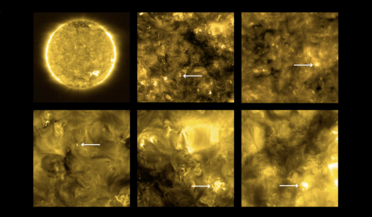 17 July 2020
Solar Orbiter spots country-sized ‘campfires’ on the Sun
17 July 2020
Solar Orbiter spots country-sized ‘campfires’ on the Sun
... get as close as 42 million km, which is almost a quarter of the distance from Sun to Earth,” says Daniel Müller, ESA’s Solar Orbiter Project Scientist. “We are all really excited about these first images – but this is just the beginning.”
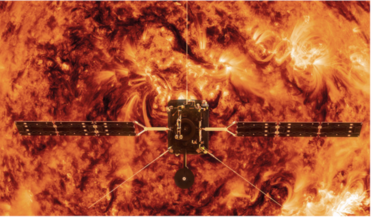 07 February 2020
ESA's Solar Orbiter mission set to launch on 10 February
07 February 2020
ESA's Solar Orbiter mission set to launch on 10 February
... 04:03 GMT (05:03 CET) on top of an Atlas V rocket from Space Launch Complex 41 on Cape Canaveral Air Force Station in Florida, Solar Orbiter will fly closer to the Sun than any European spacecraft in history to study our nearest star in exquisite...
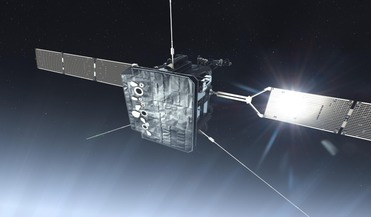 15 May 2020
An unexpected meeting could see Solar Orbiter study Comet ATLAS
15 May 2020
An unexpected meeting could see Solar Orbiter study Comet ATLAS
..., University College London, who have calculated the positions of both the craft and comet. Packed on board Solar Orbiter is a Solar Wind Plasma Analyzer (SWA). This instrument will be able to detect ionised atoms and molecules in the gas...
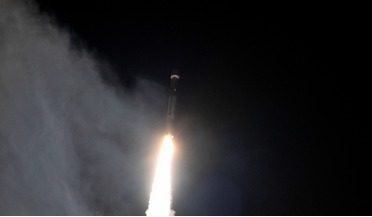 10 February 2020
ESA's Solar Orbiter probe blasts off to face the Sun
10 February 2020
ESA's Solar Orbiter probe blasts off to face the Sun
... Sun creates and controls the magnetic bubble – the heliosphere – in which our planet resides.” We are all Solar Orbiters Solar Orbiter will be one of two complementary spacecraft studying the Sun at close proximity: it will join NASA’s Parker...
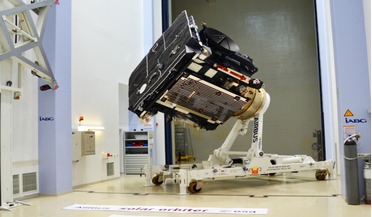 30 October 2019
Solar Orbiter ready for launch transfer
30 October 2019
Solar Orbiter ready for launch transfer
... in Ottobrunn, Germany, this week before starting its journey to Cape Canaveral in Florida, USA, in preparations for launch. Solar Orbiter will perform a close-up study of our Sun and the Sun-Earth connection to better understand the behaviour...
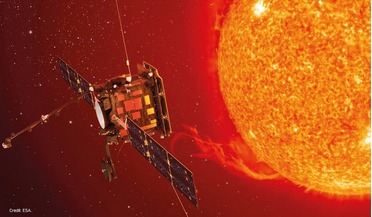 June 2015
Ultimate sunbather: NASA and ESA collaborate on Solar Orbiter
June 2015
Ultimate sunbather: NASA and ESA collaborate on Solar Orbiter
... questions about our Sun and how it interacts with the rest of the Solar System. Orbiting at a closest approach distance of 0.28 AU, inside the orbit of Mercury, Solar Orbiter will study in unprecedented detail how our Sun creates and controls the...